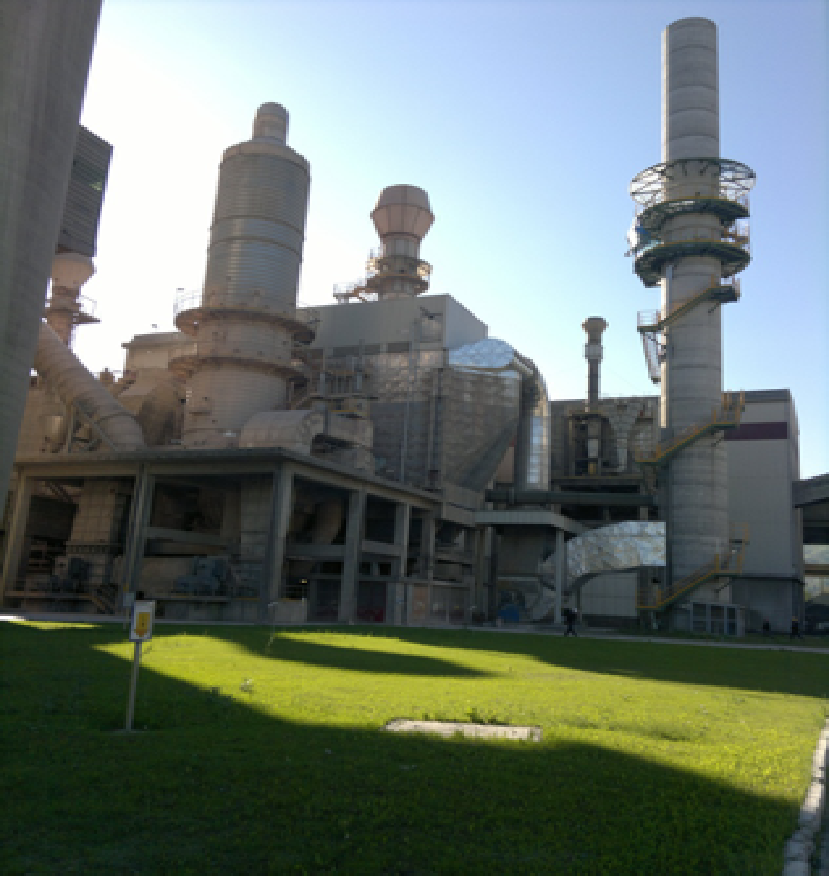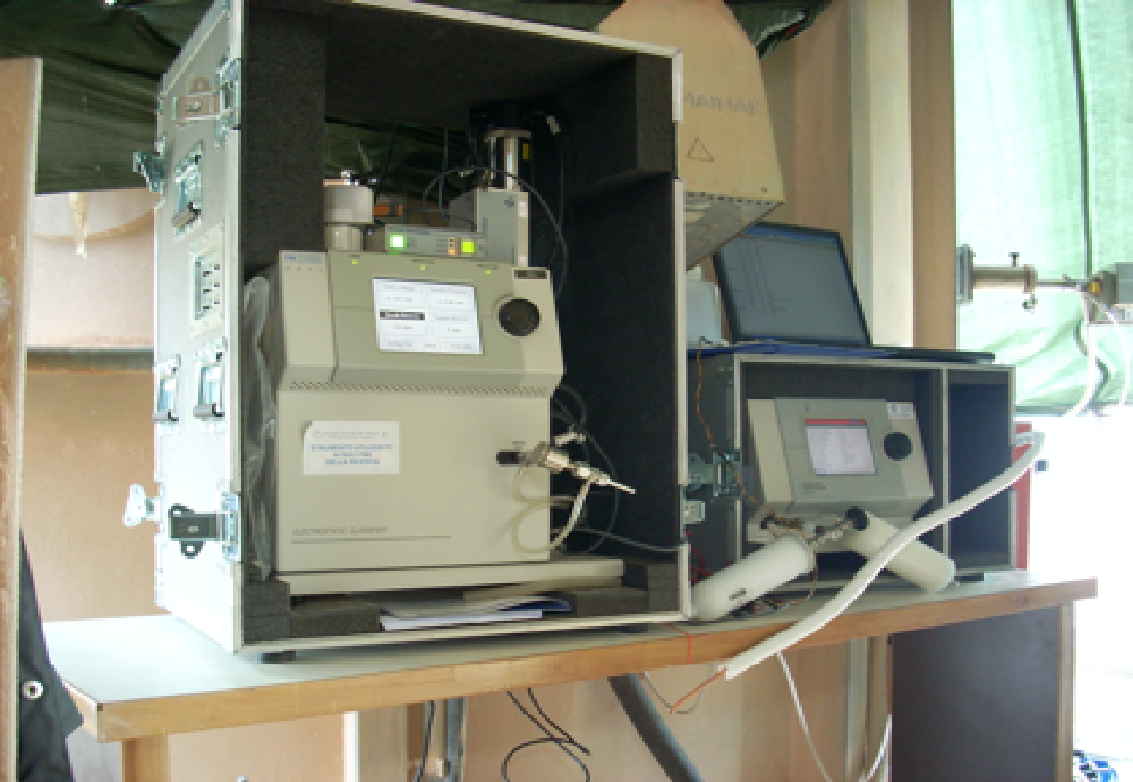Chemical determination and characterization of nanoparticles emitted from cement plant kilns.
Funded: Buzzi Unicem SpA
Period: September 2016 – December 2020


Introduction
In order to control and reduce the emission of particulate matter from industrial plants, it is necessary to know the relative and absolute contribution of the various emission sources. For this purpose, one of the possible techniques consists in evaluating, directly at the emission, the dimensional distribution of the particles, the concentration of the various fractions, both in terms of mass and in terms of number, and their chemical composition.
Description
As part of this project, based on the experience gained during the previous activity carried out at the Buzzi Unicem SpA plants, it is planned to develop a sampling system consisting of a probe capable of directly transferring the sample from the emission to a multistage impactor; the samples thus taken, dimensionally segregated, will then be analyzed offline in the laboratory with different techniques and instruments, able to characterize the chemical composition of the inorganic fraction of ultrafine particles and nanoparticles. The same particulate characterization analyzes will be carried out in the ambient air surrounding the plants under examination, in order to evaluate the possible correlation between the particulate present in the environment and the emission of the cement plant. In a future further phase of the work, once the sampling methodology has been optimized, the experimentation will be extended, in the same measurement sites, to the analysis of the organic fraction of the particulate.
The Institute has numerous equipment that allow the collection and analysis of dimensionally segregated particulate matter:
- NanoMoudi 125-R multistage atmospheric particulate sampling system) with 13 rotating impact plates
- Moudi II (120-R) multistage atmospheric particulate sampling system with 10 rotating impact plates
- Scanning Mobility Particle Sizers (SMPS, TSI 3936)
- Aerosol Mass Spectrometry (HR-TOF-AMS)
Aims
The objective concerns mass concentration and chemical composition, ultrafine particles and nanoparticles, due to their small size and their negligible contribution to the total mass of the emission, cannot be characterized with the instrumentation and methods normally used. for the analysis of atmospheric dust in ambient air. The mass of material at the emission attributable to these dimensional fractions is in fact usually negligible, with levels generally lower than the detection limits of the sampling and analysis protocols available for environmental atmospheric particulate. The approach of choice for this type of measurement is therefore represented by the combined use of specific devices for sampling and measurements in-situ and particularly sensitive methods for analysis offline of the samples, able to carry out the characterization of the various dimensional fractions from a chemical, morphological and microanalytical point of view.
The activity program will be structured as follows:
- Bibliographic research
- Development of a methodology for sampling particulate matter present in the emission on a multistage impactor
- Development of a methodology for the transfer of dimensionally segregated samples to the analysis tools offline
- Development of a methodology for the characterization of the inorganic component in the submicronic fractions of the collected particulate
- Preliminary field tests at the Guidonia cement plant (RM): dimensional, chemical, morphological and microanalytical characterization of ultrafine particles and nanoparticles
- Measurement campaigns at the Cement factories of Robilante (CN), Vernasca (PC) and Barletta (BAT), Augusta (SR), in different operating and supply conditions of the kilns
- Processing and evaluation of the collected data
Participants
- CNR-IIA
- Sapienza University
Ettore Guerriero
Scientific manager
email: ettore.guerriero@@@iia.cnr.it
